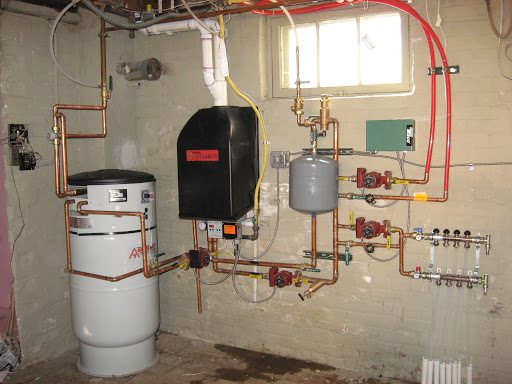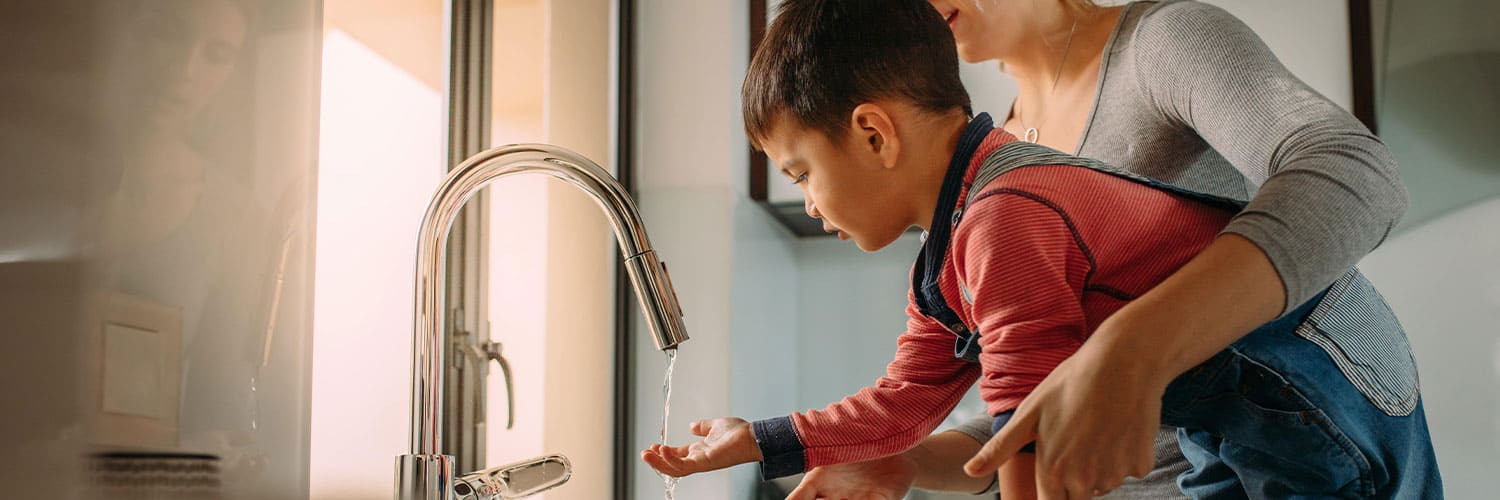Here down the page you'll find additional dependable help and advice concerning Tips For Maintaining Your Hot Water Heater.

Hot water is necessary for day-to-day comfort, whether it's for a rejuvenating shower or washing meals. To ensure your warm water system runs efficiently and lasts much longer, regular upkeep is essential. This write-up offers sensible ideas and understandings on exactly how to preserve your home's warm water system to prevent disturbances and expensive fixings.
Introduction
Keeping your home's hot water system might appear complicated, but with a couple of easy actions, you can ensure it runs smoothly for years to find. This guide covers every little thing from comprehending your warm water system to DIY upkeep suggestions and knowing when to employ professional assistance.
Importance of Keeping Your Hot Water System
Normal maintenance not just prolongs the life-span of your hot water system yet likewise guarantees it operates successfully. Ignoring maintenance can cause decreased effectiveness, greater energy expenses, and also premature failing of the system.
Signs Your Warm Water System Demands Maintenance
Understanding when your warm water system needs focus can avoid major concerns. Look out for indications such as irregular water temperature, odd sounds from the heater, or corroded water.
Understanding Your Hot Water System
Prior to diving into maintenance jobs, it's helpful to comprehend the fundamental parts of your hot water system. Normally, this consists of the water heater itself, pipes, anode poles, and temperature controls.
Monthly Upkeep Tasks
Normal monthly checks can assist capture small issues before they rise.
Purging the Water Heater
Flushing your hot water heater gets rid of sediment buildup, enhancing performance and prolonging its life.
Checking and Replacing Anode Rods
Anode poles protect against corrosion inside the container. Inspecting and replacing them when worn out is important.
Examining and Changing Temperature Settings
Adjusting the temperature settings ensures optimal efficiency and safety and security.
Do It Yourself Tips for Upkeep
You can do a number of upkeep tasks yourself to keep your hot water system in leading condition.
Checking for Leaks
Regularly evaluate pipelines and connections for leaks, as these can lead to water damage and greater costs.
Checking Pressure Relief Valves
Testing the stress safety valve ensures it functions correctly and protects against extreme stress build-up.
Protecting Pipes
Insulating warm water pipelines decreases heat loss and can conserve power.
When to Call an Expert
While DIY upkeep is valuable, some problems require specialist know-how.
Complicated Concerns Needing Professional Help
Instances include major leaks, electric issues, or if your water heater is continually underperforming.
Regular Professional Upkeep Perks
Professional upkeep can include comprehensive assessments, tune-ups, and ensuring conformity with safety criteria.
Final thought
Regular upkeep of your home's hot water system is necessary for efficiency, durability, and cost financial savings. By following these pointers and understanding when to look for expert help, you can guarantee a trustworthy supply of hot water without unforeseen disturbances.
How to Maintain an Instant Hot Water Heater
Before tinkering with your hot water heater, make sure that it’s not powered on. You also have to turn off the main circuit breaker and shut off the main gas line to prevent accidents. Also turn off the water valves connected to your unit to prevent water from flowing into and out of the appliance. 2. When you’re done, you have to detach the purge valves’ caps. These look like the letter “T” and are situated on either side of the water valves. Doing so will release any pressure that has accumulated inside the valves while at the same time avoid hot water from shooting out and burning your skin. 3. When the purge valves’ caps are removed, you have to connect your hosing lines to the valves. Your unit should have come with three hoses but if it didn’t, you can purchase these things from any hardware or home repair shops. You can also get them from retail stores that sell water heating systems. Read the user’s manual and follow it to complete this task properly. When the hosing lines are connected, open the purge port’s valves. 4. You should never use harsh chemical cleaners or solutions when cleaning your unit. Make use of white vinegar instead. It should be undiluted and you’ll probably use about 2 gallons. 5. Now flush your water heater. This task should probably take about 40 minutes. We can’t give you specific directions for this because the procedure is carried out depending on the type, model and brand of your heater. With that being said, refer to the user’s manual. 6. When you’re done draining the unit, you have to turn off the purge port valves again. Remove the hosing lines that you earlier installed on each of the water valves. Put the valve caps (purge port) back in their respective places and be very careful so as not to damage the rubber discs that are found inside these caps. 7. Now that everything’s back in place, check your user’s manual again to find out how to reactivate your water heating system. 8. Once it is working, turn one of your hot water faucets on just to let air pass through the heater’s water supply pipes. Leave the tap on until water flows smoothly out of it. https://www.orrplumbing.com/blog/2014/september/how-to-maintain-an-instant-hot-water-heater/

As an avid reader on Tips on Maintaining a Water Heater, I think sharing that excerpt was worth the trouble. Sharing is good. One never knows, you may just be helping someone out. I truly appreciate reading our article about What Kind of Maintenance Do Water Heaters Need?.
Start Now